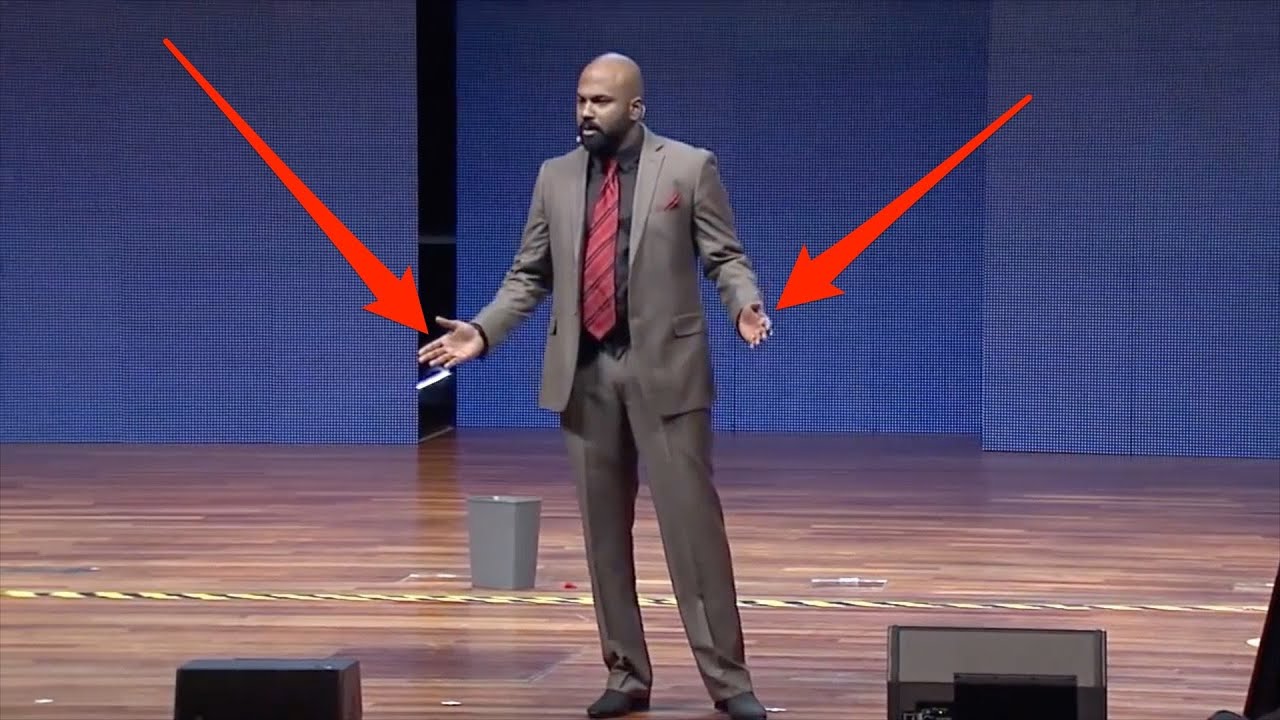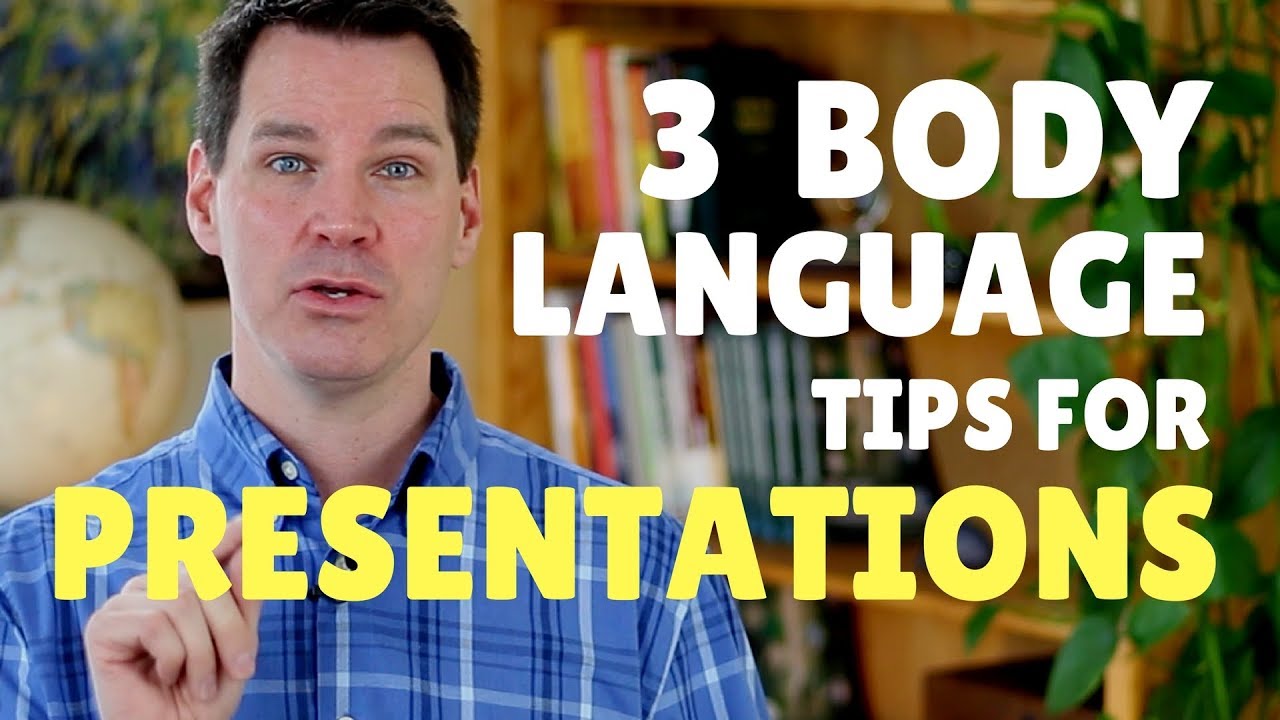In the competitive world of public speaking, every detail counts, and your body posture during presentation can either amplify your message or undermine it. A speaker’s physical presence is crucial, as it communicates confidence, authority, and engagement to the audience. In this detailed exploration, we’ll delve into the importance of body posture and gestures. We’ll provide actionable strategies to elevate your speaking skills and resonate more deeply with your audience.

Top 7 Tips for Mastering Body Posture During Presentation
Proper alignment is vital for projecting confidence. When you stand tall with your shoulders back and chin up, you not only convey authority but also improve your vocal resonance. Former US President Barack Obama showcased this perfectly during his victory speech in 2008. He owned the stage with a commanding presence that made every word impactful.
An open stance—arms uncrossed and palms visible—creates an approachable persona. Tony Robbins, for example, uses open body language to connect effortlessly with his audiences. This enhanced engagement allows him to reach deeply, whether hosting intimate workshops or addressing massive crowds. People feel drawn to speakers who seem welcoming and authentic.
Thoughtful movement can ramp up audience engagement. During TED Talks, speakers often utilize the space around them to underscore important points. A fantastic example is Brené Brown, who dynamically shifts her position to highlight emotional truths, building a stronger connection with her listeners. Movement adds a layer of dynamism that mere words can’t achieve.
Eye contact can make or break your connection with the audience. Research indicates that maintaining eye contact for 50% of your speaking time boosts rapport. Oprah Winfrey is a master of this technique, often making each audience member feel recognized and involved during her sessions. When you look your audience in the eye, you forge a bond that invites them into your message.
Hand gestures can punctuate important points and convey enthusiasm. Steve Jobs is widely celebrated for his effective use of gestures, often highlighting critical moments during his product launches. By seamlessly weaving gestures with his speech, he reinforced messages with added emotional weight, capturing the essence of his ideas powerfully.
Never underestimate the impact of a well-timed pause. Pauses allow your audience to digest information and build anticipation for your next big point. Martin Luther King Jr. mastered this art in his iconic “I Have a Dream” speech, where strategic pauses heightened the emotional resonance of his words. They give your message a moment to breathe, amplifying its importance.
Different cultures interpret body posture and gestures in various ways. While direct eye contact signifies confidence in many Western contexts, it may be seen as disrespectful in some Asian cultures. This awareness can greatly enhance your communication effectiveness and shows respect for your audience’s context, allowing for better engagement overall.

Analyzing Body Gestures During Presentation
By analyzing body gestures during presentations, speakers unlock precious opportunities for improvement. Research from the Journal of Nonverbal Behavior shows that effective gestures can enhance message retention by over 60%. By intertwining your verbal delivery with appropriate body movements, you create a multi-dimensional experience that captivates your audience’s attention.

Strategies to Use Gestures During Speeches

Crafting Impactful Speaking Experiences
Mastering body posture and gestures extends beyond simple stances or hand movements; it’s about creating an immersive experience for your audience. Implementing these strategies not only transforms your personal style but significantly heightens your message’s overall effectiveness.
By consistently integrating these insights into your speaking toolbox, you’ll reap the rewards of increased impact long after your presentation concludes. Whether presenting at a local TEDx event, a corporate meeting, or a major conference, how you carry yourself will make a lasting impression. Prioritize body posture during presentation and gestures as valuable tools in your arsenal and watch as your influence as a speaker grows exponentially.
If you’re serious about honing your public speaking skills and navigating high-impact speaking engagements, consider enrolling in public speaking Courses For Adults to further sharpen your abilities. The mastery of body posture during presentation awaits, so dive in and take control of your speaking career today! For more resources, explore insights on body posture in public speaking and elevate your journey to become a transformational speaker.
Engage with this community and let’s unlock the secrets to creating lasting connections! You’re on your way to becoming a powerful speaker—don’t forget to spread the word!

Body Posture During Presentation: Fun Trivia and Interesting Facts
The Impact of Body Language
Did you know that the way you hold yourself can impact your confidence and the way others perceive you? Experts say that standing tall can actually trigger feelings of empowerment. This phenomenon is akin to the classic spaghetti western moment when a lone cowboy strides into a saloon—confidence personified! Much like those iconic film characters, a strong posture can draw your audience in, making your presentation more memorable.
Moreover, consider how body posture during a presentation can affect your breathing. Poor posture might compress your lungs, making it tricky to project your voice clearly. A slouched position does a disservice to your delivery, and let’s be real, speaking from a place of constriction won’t win you any “America’s Got Talent” accolades! Think about those performers up there; they own the stage with vibrant movements that command attention.
Fun Facts to Know
Now, if you ever find yourself nervous while presenting, remember this quirky fact: laughter can ease the tension! A light-hearted joke can transform strained energy into warmth. Picture yourself sharing an embarrassing moment, like accidentally spilling water and looking like you might pee pants during your big speech. This relatability can break barriers, allowing you to connect with your audience effortlessly.
And let’s not forget about the power of gestures. Active movement not only enhances engagement but also echoes the excitement found in games like Donkey Kong country returns. Just as players lose themselves in action, your animated body language can keep your audience on the edge of their seats. Keep in mind that effective body posture during presentations can create a fun atmosphere, encouraging your listeners to join your journey!
In summary, mastering the art of body posture during presentation is not just about standing straight; it’s about embodying confidence and authenticity. So the next time you find yourself in front of an audience, channel those fun facts to elevate your presence and make a lasting impression!










